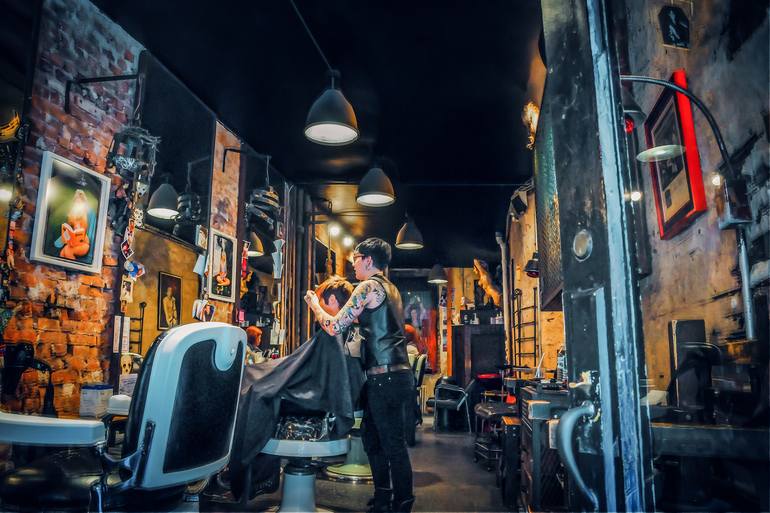When visiting a hairstylist, being able to clearly describe your desired haircut is essential for achieving the intended look. A well-defined explanation helps the stylist understand your expectation and reduces the chances of misunderstanding. To make sure that you get the haircut you want, it is important to get ready in advance and think about several key factors when expressing your style goals. These factors include hair length, consistency, design, and any specific features that you would like to add.
Firstly, consider the length of your hair. Haircuts can range from very short styles like pixies to long layers that fall below the shoulders. It is helpful to specify whether you want a trim, a significant cut, or a complete transformation. Using precise terms such as "shoulder-length" or "mid-back" can provide clarity. Additionally, discussing the possibility of bangs or layers helps the stylist visualize your request more accurately. Being clear about how much length you wish to maintain or remove will significantly influence the outcome of your haircut.
Next, hair texture serves a key role in shaping how a haircut will appear. Various hair types—such as sleek, wavy, ringlet-filled, or coily—respond differently to various cuts. When describing your preferred haircut, it is essential to mention your hair's inherent texture and whether you intend to use any hair tools or products. For example, if you have dense hair, you may want to request for de-bulking methods to minimize bulkiness. Alternatively, if your hair is thin, you might seek texturizing that create fullness. This information enables the stylist to tailor the cut based on how haircut techniques your strands behaves.

In addition to length and structure, sharing the overall style you want can offer guidance for the stylist. There are a variety of hairstyles to choose from, including timeless cuts like bobs and modern options like asymmetrical styles. It is helpful to share examples of looks that you like—these could be images from print media or online portfolios. Highlighting specific features such as soft edges, defined outlines, or graduated layers can assist in conveying your vision more clearly. This ensures that both you and your stylist are on the same understanding regarding style direction.
Lastly, don't neglect to mention any distinctive features that might elevate your haircut. This could include factors such as visit site face shape or personal style preferences that affect the overall appearance. For instance, those with circular face shapes might prefer gentle contours to elongate their appearance, while clients with square faces may choose softer layers to soften their jaw structure. Furthermore, talking about color options can also be part of this consultation; noting if you want highlights or a single shade can further define your desired result.
In conclusion, effectively conveying your desired style involves thoughtful consideration of several important factors: hair length, texture, style, and distinct traits. By preparing in advance and being clear about these elements, clients can significantly improve their experience at the salon and boost the chances of walking out with a haircut they are happy with. A successful discussion with a hair professional is built on open dialogue and mutual understanding. This team effort ensures that both guest and stylist collaborate towards achieving the desired outcome.